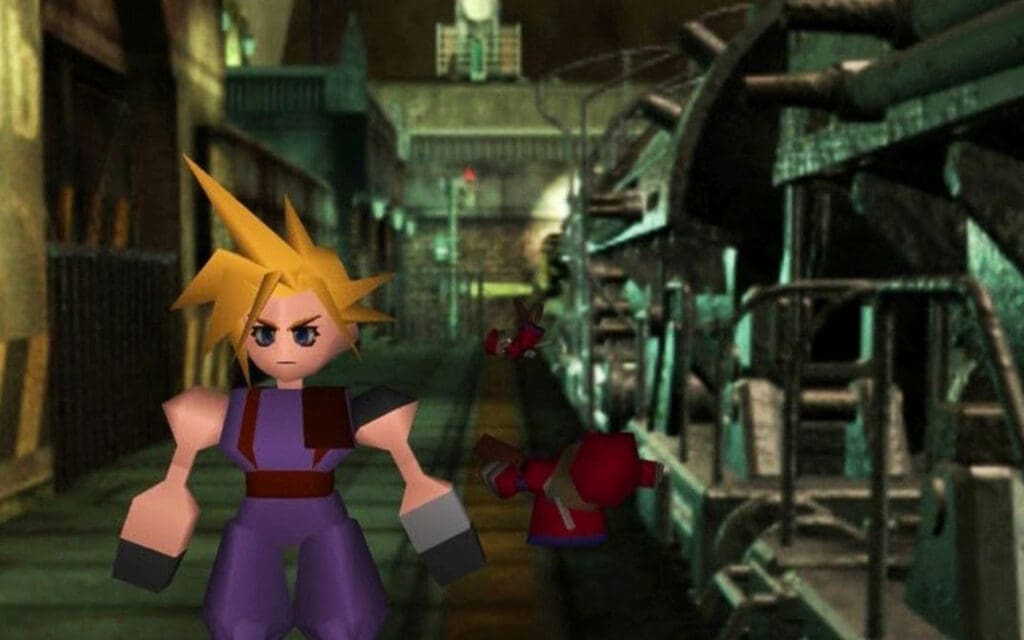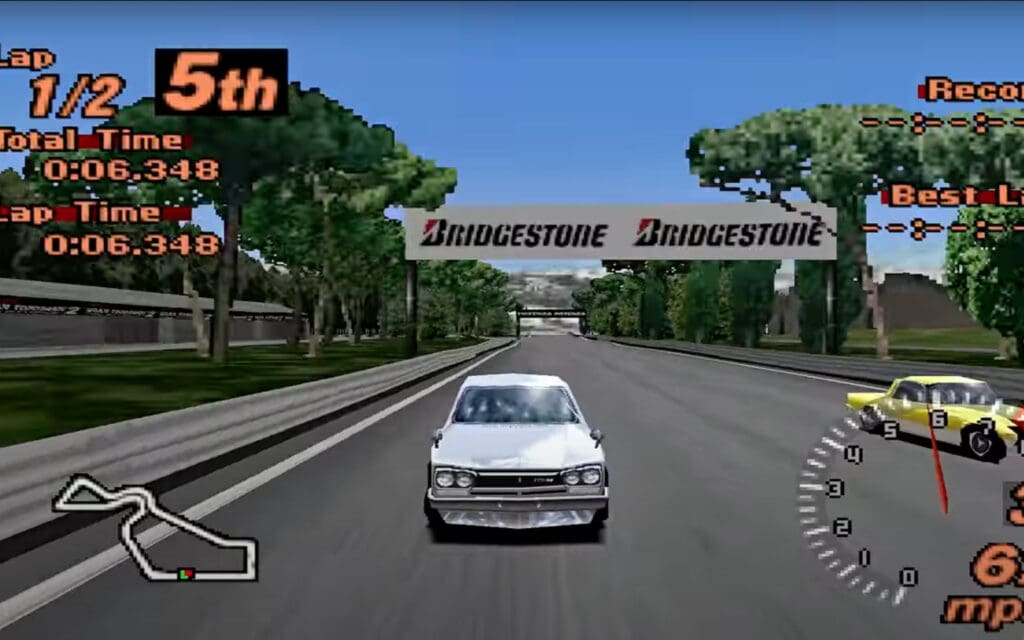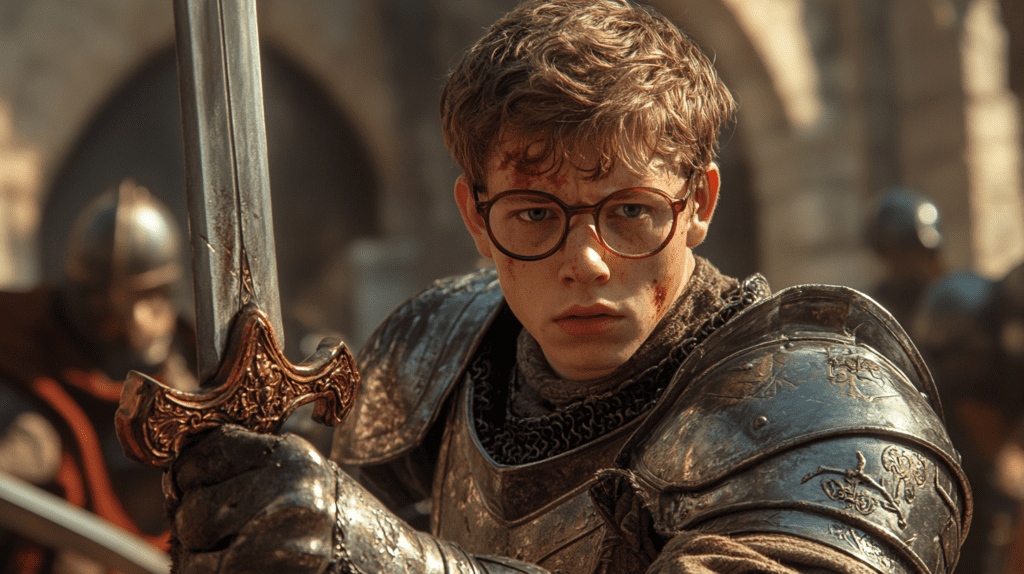When Sony entered the gaming scene in the mid-1990s, few could have predicted how much the original PlayStation would reshape the industry. What began as a scrapped CD-ROM partnership with Nintendo evolved into a cultural tidal wave—one that brought cinematic storytelling, new genres, and iconic characters to the forefront.
The PS1 didn’t just deliver memorable titles. It launched blueprints for entire genres, gave rise to powerhouse franchises, and redefined what video games could be. A handful of its most iconic releases left marks so deep, we still feel their influence in today’s games.
The Birth of Cinematic Storytelling
Before Metal Gear Solid, video games weren’t known for telling complex, emotionally rich stories. But Hideo Kojima’s stealth-action masterpiece delivered more than just sneaking around — it offered cutscenes with professional voice acting, a gripping plot about nuclear weapons and shadowy conspiracies, and a playable narrative structure that felt like watching a movie you controlled.

That approach inspired countless developers. Today’s blockbuster games — from The Last of Us to God of War — owe a creative debt to Metal Gear Solid for showing how cinematic flair could blend seamlessly with gameplay.
Horror Reimagined
The PS1 became ground zero for the modern survival horror genre, thanks in large part to Resident Evil 2 and Silent Hill. These weren’t just monster-shooters. Resident Evil 2 introduced a dual-character narrative, intense pacing, and Hollywood-style direction. Silent Hill leaned into psychological horror and surreal imagery, offering a more cerebral kind of fear.
The DNA of these games lives on in everything from Dead Space and Amnesia to indie horror hits like Outlast. The emphasis on mood, sound design, and environmental storytelling that’s now standard in horror gaming can be traced back to these early PlayStation triumphs.
Reinventing the RPG
Role-playing games had always been niche in the West — until Final Fantasy VII changed everything. With its 3D graphics, cinematic cutscenes, and unforgettable characters, it pulled millions of players into the genre for the first time. It proved RPGs could be emotionally resonant and visually spectacular, setting a new standard for the genre worldwide.

Square didn’t stop there. Final Fantasy IX followed up with a return to the series’ medieval roots, showing that fantasy and whimsy could coexist with deep themes and narrative richness. Today, studios like BioWare, CD Projekt Red, and Atlus continue building on the framework laid by these genre-defining entries.
Creating Icons and Mascots
In a world dominated by Nintendo’s Mario and Sega’s Sonic, Sony needed its own mascot—and they found it in a crazy orange marsupial named Crash Bandicoot. Crash’s bold personality, colorful design, and tight platforming helped establish a PlayStation identity and turned developer Naughty Dog into a household name.
Meanwhile, Tomb Raider introduced one of the most recognizable protagonists in gaming history: Lara Croft. As one of the first successful female leads in a major franchise, Lara helped push action-adventure games into 3D and inspired a generation of developers to take risks with new types of heroes.
Redefining Sports and Simulation
Not every groundbreaking PS1 game was about story. Tony Hawk’s Pro Skater 2 brought arcade-style sports gameplay to the masses, combining tight controls with an iconic soundtrack that captured a generation’s rebellious energy. It helped popularize skateboarding and led to a wave of extreme sports titles in the 2000s.

On the other end of the spectrum, Gran Turismo 2 was quietly reinventing racing games. With its vast car roster, realistic physics, and deep progression systems, it showed that racing sims could be both technical and fun. Its influence still drives franchises like Forza and Gran Turismo today.
A Platform That Changed Everything
The PS1 wasn’t just home to great games — it was home to transformative ones. It introduced gamers to nonlinear exploration in Castlevania: Symphony of the Night, where traditional platforming was infused with RPG mechanics and open-ended progression. That formula would later evolve into an entire genre known today as “Metroidvania,” embraced by both indie and AAA developers.
These titles weren’t just best-sellers. They were benchmarks. They pushed hardware to its limits and expanded what developers — and players — believed was possible. They created fans, shaped careers, and inspired generations of games that followed.
The Legacy Lives On
Today, many of these PS1 classics continue to thrive in remakes, reboots, and spiritual successors. But their true legacy lies in the foundations they built. Whether it’s how we experience narrative in games, the way we explore 3D worlds, or the emotional depth we now expect from digital characters, it all traces back to those gray plastic discs spinning in a PlayStation.
The PS1 era was more than just a moment in gaming history. It was a turning point — and its impact is still echoing through the industry today. What was your favorite game for the original PlayStation?






